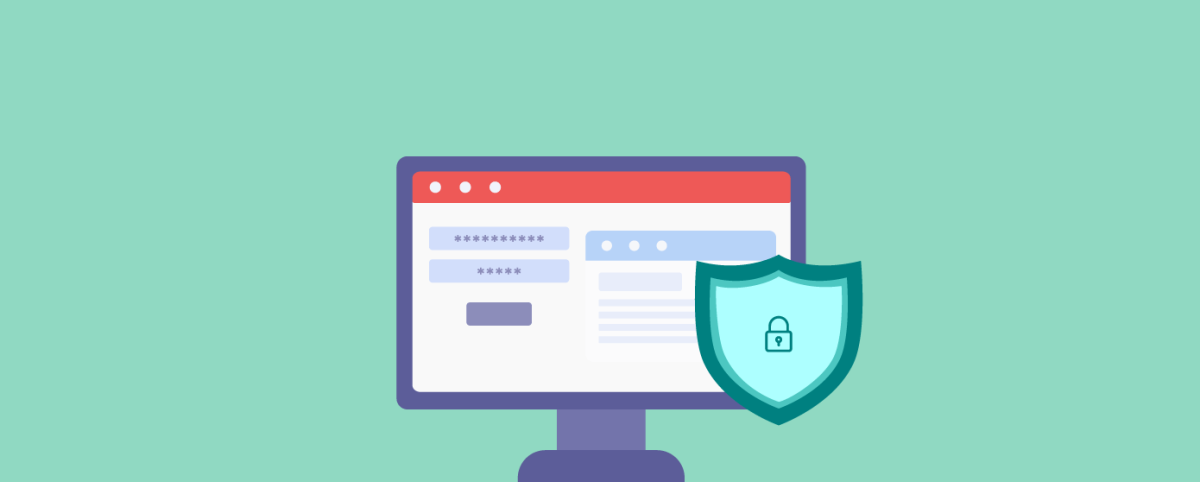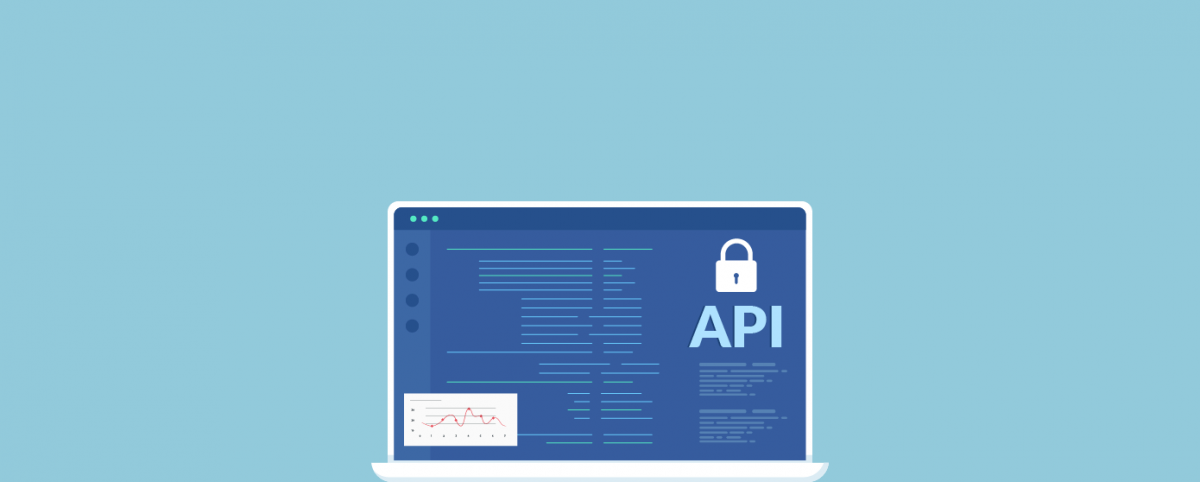API Security Checklist: The Top 7 Requirements
API (Application Programming Interface) is emerging as one of the prominent attack vectors. While API calls volume increased by 321% last year, malicious API traffic grew by 681%! Several organizations have faced API-related security incidents in the past few years. To help you achieve fortified API security, we have put together an API security checklist in this article.
The Top 7 Requirements on the API Security Checklist
The best practices to achieve advanced API protection and security are plenty. This API security checklist focuses on the top 7 critical requirements.
1. API Discovery and Inventorying
You can secure APIs only if you know they exist, and continuous discovery and inventorying help in this regard.
- Automate discovery of all API endpoints, parameters, and data types using intelligent scanners. Automated tools infuse speed, agility, and accuracy in discovery.
- Analyze API traffic metadata using an intelligent engine to discover APIs that weren’t earlier on the security practitioners’ radar.
- Discover APIs in the lower environment (beyond just the production environment), API dependencies, third-party APIs, etc.
- Tag, label, and segment APIs, microservices, etc.
- Real-time analysis of traffic hitting API endpoints. This allows organizations to identify workloads, tighten perimeters around risky endpoints while deprovisioning and removing old functionalities and zombie APIs, and minimize blind spots created by rogue APIs.
2. Securing APIs with Instant Threat Detection and Protection
Another important requirement in the API security checklist is proactive API threat detection and protection.
- Use behavioral, pattern, and heuristic analysis to detect threats proactively instead of relying on rudimentary signature-based detection
- Implement multi-layered security to tackle and protect against different kinds of threats, including DDoS attacks, bot attacks, OWASP Top 10 API security risks, etc.
- Leverage advanced technology such as self-learning AI, analytics, and automation for advanced API protection
- Real-time visibility into security posture is important
- Encrypt all data for improved API security
- Implement virtual patching to keep vulnerabilities secure until developers fix them
3. API Access Control and Authentication
For stronger API protection and security, organizations must perform rigorous and continuous authentication and authorization checks while tightening access controls. This is critical since authentication and authorization failures are second on the list of causes for API attacks.
- Include human and machine identities while implementing access controls and authentication. Do not forget third-party applications and services.
- Strictly implement zero trust principles to ensure users (including privileged users) have just-in-time, just-enough access to API resources. Keep reviewing privileges to make necessary changes instantly.
- Use modern authorization protocols for robust security.
- Public APIs should not be exposed to unvalidated requests, even if the users are authorized.
- Implement strong and complex passwords in combination with multifactor authentication.
- Non-admin users should only be granted read-only privileges to data.
- Sessions must have a limited duration.
- Tokens must expire at regular intervals to prevent replay attacks.
Introduction to AppTrana’s Enhanced API Protection
4. API Design and Development
Digital transformation initiatives have led to the acceleration in the development and use of APIs across the globe. Due to developers’ pressure to ensure speed to market, they often do not have time for security testing. Further, they tend to deploy APIs with known vulnerabilities, dark spots for future functionalities, leave old versions deployed for backward compatibility, etc.
So, API security should not be limited to production. An advanced API security tactic is implementing security controls and techniques right from the design and development stages.
- Build secure-by-design APIs
- Use secure development frameworks, code, templates, libraries, and so on
- Restrict source code accessibility to only those who need it
- Review design and code for flaws, especially those related to business logic
- Include security configuration checks in your API security checklist to root out misconfigurations
- Look for hidden form fields and document API response
5. API Security Testing
Continuous security testing is another key API security checklist requirement. Automated scanning has its limits and cannot identify security misconfigurations, business logic flaws, or the exploitability of different vulnerabilities. Regular manual security testing by certified experts through pen tests and audits is necessary.
6. API Logging and Monitoring
Logging and monitoring APIs helps construct a baseline for what is considered ‘normal’ so that outlier incidents can be quickly detected.
- Identify and clearly define all elements, infrastructure, and apps that need to be logged
- Track and log non-security parameters such as API performance, speed, and uptime
- Review anomalies at regular intervals and tune your APIs accordingly
7. Incidence Response
Detecting and stopping breaches is just a part of the security response. Data breaches, at times, are unavoidable. In such cases, having a robust incidence response plan is essential as it enables organizations to bounce back quickly and minimize the impact of breaches. It should clearly define policies and measures related to immediate response, investigation, forensics, escalation, compliance, etc.
Conclusion
As attackers continue to expose and exploit the gaping weaknesses in APIs, the need for API security is urgent and critical. Use this API security checklist to start solidifying your API security posture.
Stay tuned for more relevant and interesting security articles. Follow Indusface on Facebook, Twitter, and LinkedIn.

 June 9, 2022
June 9, 2022






